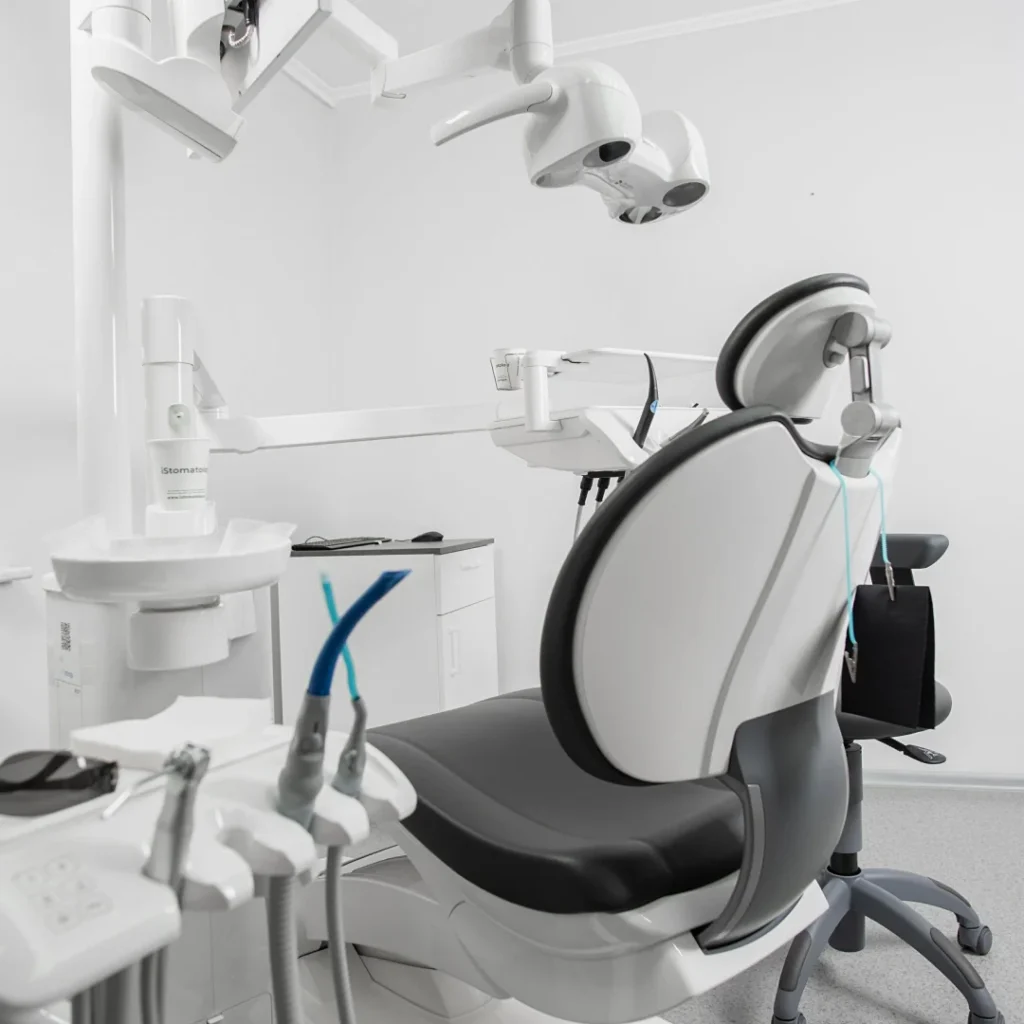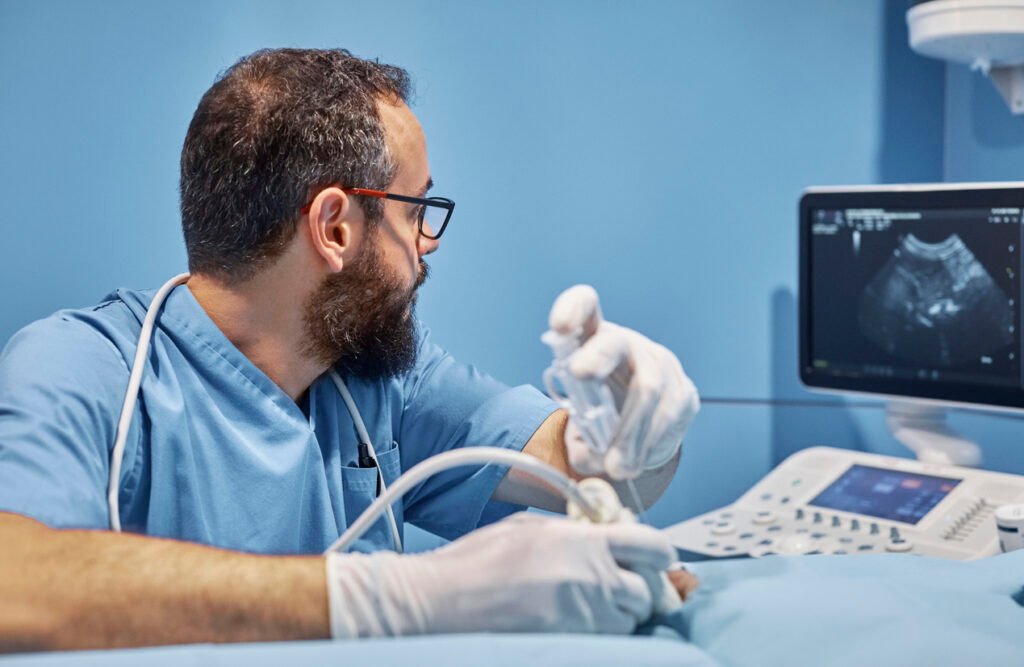
TMJ/TMD 3 TMJ Treatments to Consider This Fall TMJ/TMD 3 TMJ Treatments to Consider This Fall TMJ/TMD 3 TMJ Treatments to Consider This Fall Hanzara Panol April 8, 2025 Anna Rue We understand just how closely connected oral health is to your overall health. Open Profile Share: Facebook-f Twitter Instagram Envelope Stay Consistent with Your […]
Hanzara Panol
April 8, 2025

We will help you get relief with the best treatment option for your specific condition
Trigger point injections- (TPI) are a common treatment used to relieve muscle pain, particularly when the pain is caused by trigger points—tight knots of muscle fibers that form when muscles are overused or injured. These muscle knots can cause localized pain and, in some cases, refer pain to other areas of the body. Trigger point injections are commonly used to treat conditions such as myofascial pain syndrome, muscle spasms, and chronic pain.
Prolotherapy- Injection of an irritant commonly dextrose.
Platelet Rich Plasma- Injection of processed patient’s own blood.
Identification of Trigger Points or Anatomical Landmarks: Dr. Panol will first locate the trigger point by palpating the muscles and asking the patient to point out areas of pain or the TMJ.
Injection: Once the trigger point area or TMJ is located Dr. Panol will inject the anesthetic, medication, irritant or PRP directly into the problem area. The injection may cause a brief discomfort, but it is generally well-tolerated.
Relief: The anesthetic immediately helps numb the area and provides pain relief, while the muscle relaxant helps break up the muscle knot. The corticosteroid, if used, can help reduce inflammation and prevent further irritation in the area. In the case of dextrose and PRF there is more discomfort at the time of injection.
Aftercare: Patients may be instructed to rest and avoid strenuous activities for a short period after the injection. Physical therapy or stretching exercises may also be recommended to help prevent future trigger points from forming. It is not recommended to take NSAIDs or ice the area as we want the body to respond to the treatment.
Both prolotherapy and PRP therapy are regenerative treatments that aim to promote healing and reduce pain by stimulating the body’s natural processes. The best treatment for you depends on your specific condition, treatment goals, and Dr. Panol’s recommendation. Prolotherapy may be a good option if you’re looking for a more inflammatory response to stimulate healing, while PRP therapy may be preferable if you want to focus on growth factors to accelerate tissue regeneration.
Prolotherapy involves injecting an irritant solution, often dextrose (a type of sugar solution), into damaged or weakened tissues such as ligaments, tendons, or joints. The irritant causes a mild inflammatory response, which in turn stimulates the body’s natural healing processes to regenerate and strengthen the affected tissues.
PRP therapy involves using a concentrated sample of the patient’s own blood that is rich in platelets. The blood is processed in a centrifuge to concentrate the platelets, which contain growth factors that help promote tissue healing and regeneration. The PRP is then injected into the affected area to encourage healing.

Prolotherapy works by causing a controlled, mild inflammatory response at the injection site. This inflammation triggers the body to begin the healing process by stimulating the production of collagen and other tissues that help restore strength and function to the affected area.
PRP therapy promotes healing by introducing a concentrated dose of growth factors from platelets into the damaged tissue. The growth factors in PRP stimulate cell regeneration, collagen production, and tissue repair. PRP focuses on using the body’s natural healing response to rebuild tissue and reduce inflammation.
We understand just how pain and sleep affects your overall health and function, and we pride ourselves on cultivating a friendly, easy to reach environment where you can always feel comfortable in our care.